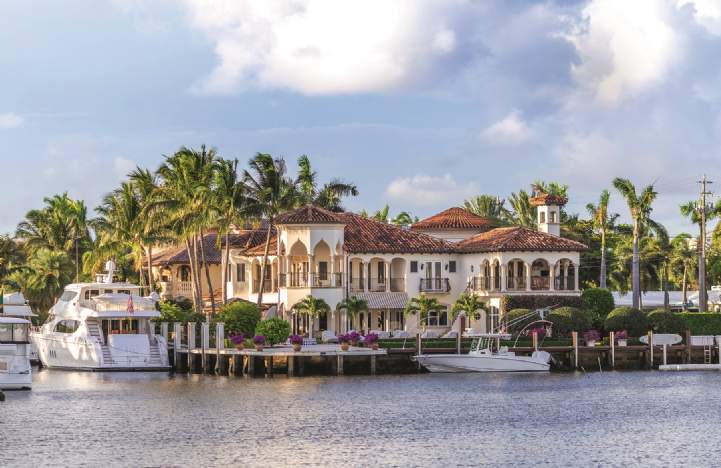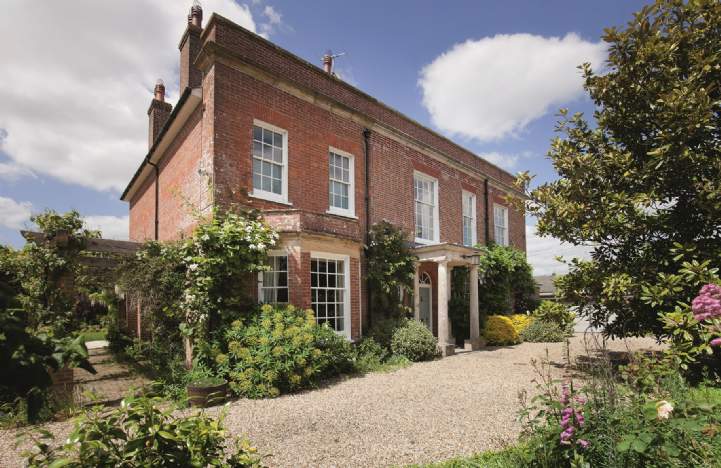Where does London stand in a global context? We examine the factors influencing capital and rental values across the world’s most dynamic cities
Megacities are once again thriving as buyers and tenants are drawn back to urban living. The strong performance of global prime residential markets seen at the end of 2021 continued into the first half of 2022. Average capital values grew at 2.4% across the Savills World Cities Prime Residential Capital Values Index. Rising interest rates, cost inflation, and geopolitical uncertainty are yet to materially impact pricing. London ranked 13th out of the 30 cities across our index in terms of capital value growth, having moved up the rankings over the past six months.
US cities saw particularly strong growth; in Miami prime prices increased by 12.5% in H1 2022 alone. Lower taxes and a high quality of living encouraged migration from other US locations, fuelling the city’s success.

Miami, USA
Two-thirds of the 30 cities we monitor have recovered to pre-pandemic rental levels. Rental growth outpaced capital values in the first half of 2022, increasing by an average of 3.1%, against a 2.4% increase in capital values. London ranked third in the Savills World Cities Prime Residential Rental Index. This puts it alongside New York, Singapore and Los Angeles, all of which recorded rental growth of more than 5% in the first six months of the year.
A reprioritisation of quality of life and the appeal of warmer climates have benefitted Dubai, Lisbon, and Cape Town’s prime residential markets. All recorded price growth of more than 3% in the first six months of the year.

Cape Town, South Africa
In Asia, Seoul’s resilient economy supports a strong domestic buyer base, driving price growth of 4% in H1. Singapore, meanwhile, has benefitted from an inflow of Hong Kong residents, supporting demand in its prime residential markets and price growth of 1.7%. Capital values in Chinese cities we monitor peaked in June 2021 and have since softened as the country continues to deal with the Covid-19 pandemic and wider economic uncertainty.
London and country: finding a new balance
Although a swing back to London is driving price growth in prime central London, the UK’s best-in-class country houses are still in high demand

Winfrith House, Dorset, UK
Since the start of the pandemic, the country house market has thrived off the back of the race for space and a shift in buyer lifestyle preferences. Average values have increased by 21.4% since March 2020 and the limited supply of premium properties has been a key driver of sustained price growth.
As has been well-documented, many people living in urban areas went in search of rural havens with larger properties and access to green space – features that dense cities do not offer to the same extent. Topperforming markets include coastal areas and those with desirable lifestyle qualities. In the Cotswolds, for example, prime country house prices grew by 31.5% between March 2020 and June 2022.
As lockdown restrictions have now been lifted, some demand has eased in rural areas and buyers are seeking access to amenities and transport links. As professionals have also returned to London offices, country markets closer to the capital have seen an uptick in demand.
Historically, wealth generated in the capital tends to have a ripple effect into the surrounding country markets, further supporting price growth. Surrey’s exclusive private estates of St George’s Hill and Wentworth have seen values increase by 11.8% over the past year. These estates provide the space, security and luxury for those looking to move out of central London or buy a second home for respite from city life.
Despite the unprecedented house price growth over the past two years, there is still value in the country house market. Current values are sitting 4.8% below their 2007 peak on average – more in Scotland and the North – suggesting there is still room for growth. There is also an advantage for those buying in foreign currencies due to the weakness of the pound.
We are expecting to see a continued slowing in the levels of price growth across prime country markets. However, wealthier households are less reliant on mortgages and can hold back on discretionary spending. This means the top end of the market will be more robust to rising interest rates and inflationary pressures.
To read more of our Residential Research please visit our Residential Hub
Read the articles within In Focus: Prime Central London – Autumn 2022 below
(1).jpg)
.jpg)
.jpg)
.jpg)
.jpg)